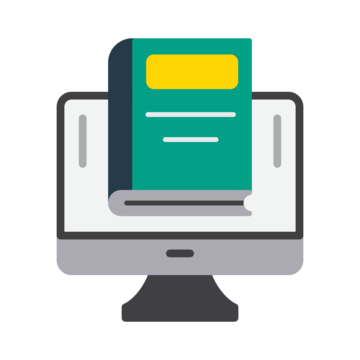Free Google Professional-Cloud-Architect Exam Questions
Become Google Certified with updated Professional-Cloud-Architect exam questions and correct answers
As a cloud architect, you set up the optimal combination of CPU and memory resources for nodes in a Kubernetes cluster. You want to be notified whenever CPU utilization exceeds 80% for 5 minutes or when memory utilization exceeds 90% for 1 minute. What do you need to specify to receive such notifications?
Your company is developing a mobile game application that is expected to have millions of users worldwide. The application needs to read and write user data quickly with low latency, and the data model is fairly simple. As the cloud architect, you have been tasked with choosing the most suitable NoSQL database for this requirement. Which of the following would be the most appropriate choice?
A digital media company lately shifted its infrastructure from On-Site to Google Cloud. There are multiple instances that are under the Global HTTPS load balancer. DDoS attacks were reported a few days ago for applications and infrastructure. Now they are searching for a service that could provide a DDoS protection mechanism. Which service should they use for this purpose?
You are deploying an App Engine application that requires integration with an on-premises database. Your on-premises database should not be accessible via the public internet for security reasons. What are your options?
Your operations team has asked you to help diagnose a performance issue in a production application that runs on Compute Engine. The application is dropping requests that reach it when under heavy load. The process list for affected instances shows a single application process that is consuming all available CPU, and autoscaling has reached the upper limit of instances. There is no abnormal load on any other related systems, including the database. You want to allow production traffic to be served again as quickly as possible. Which action should you recommend?
© Copyrights DumpsCertify 2025. All Rights Reserved
We use cookies to ensure your best experience. So we hope you are happy to receive all cookies on the DumpsCertify.


